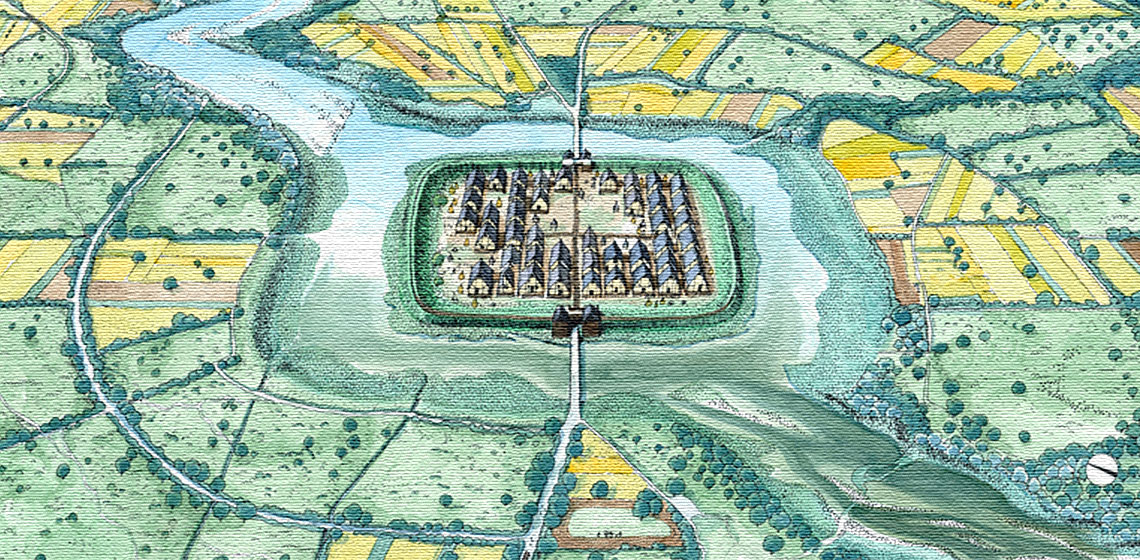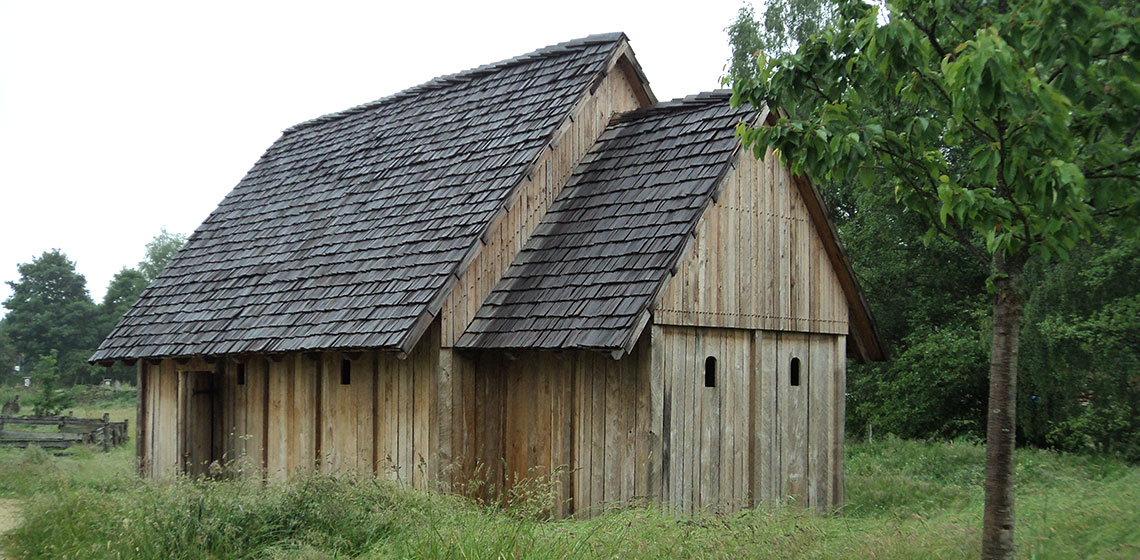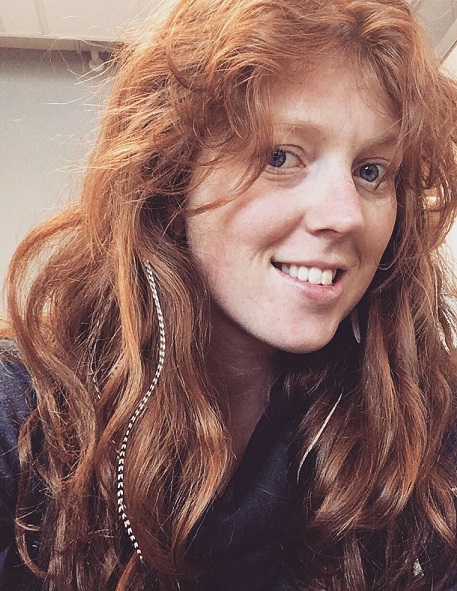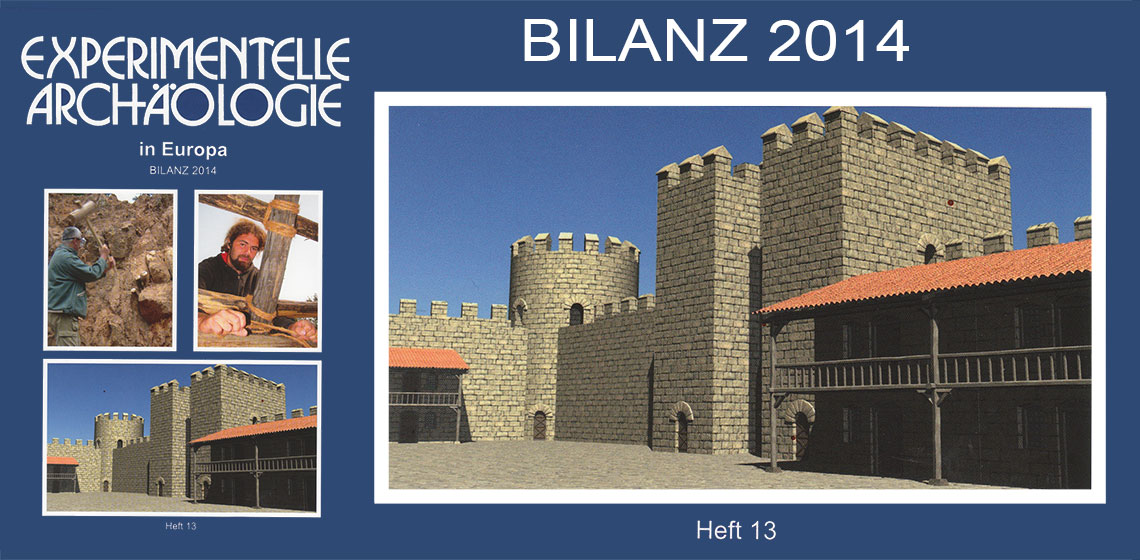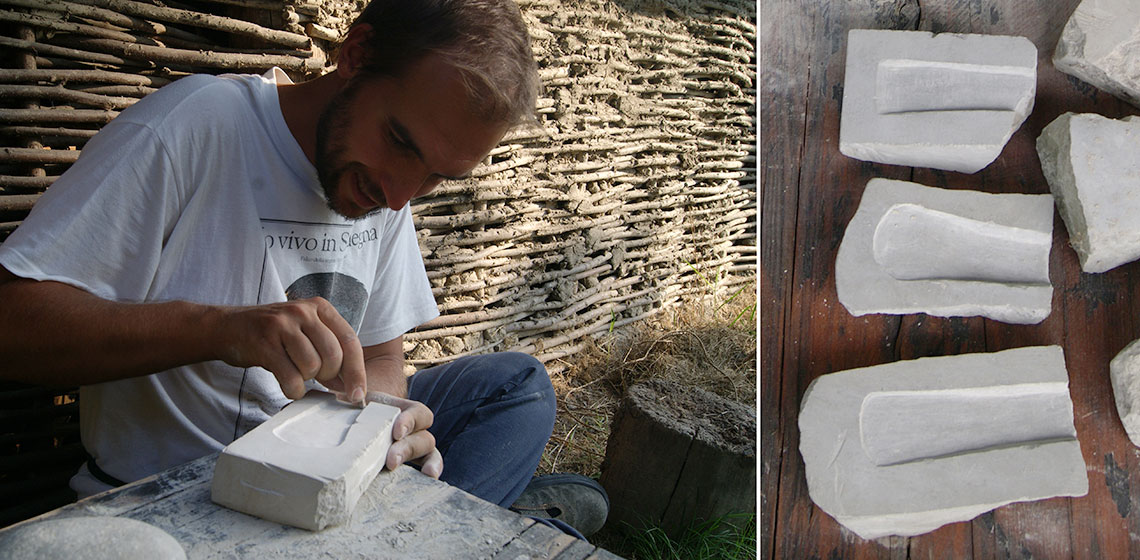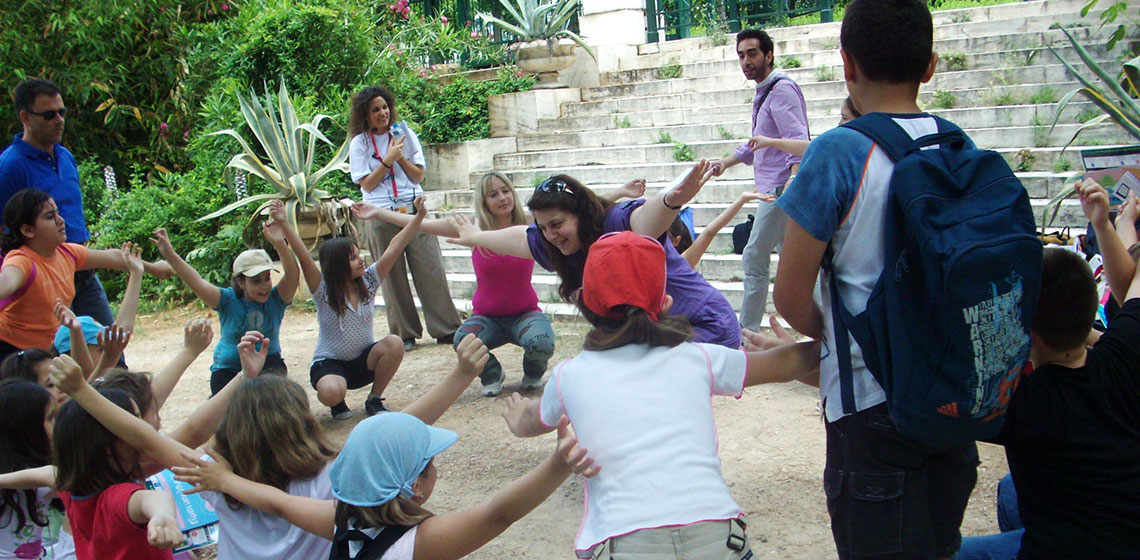At the Archeoparco Didattico della Fortezza di Radicofani one can learn about the history of human being over the past 4,000 years, all in one place.
Similar to a Chinese bag, it has a Copper Age site in its centre, covered by a medieval fortress, surrounded by a big and beautiful 18th century fortress, all of it embedded in a forest. The site is on top of an old volcanic cone. Being open since 2006, the Archeoparco Didattico della Fortezza di Radicofani exists of several living history areas in and around the fortress and in the forest. The goals are to maintain and preserve the site, lifelong learning and teach the visitors about their roots for a better understanding with the new generation.
